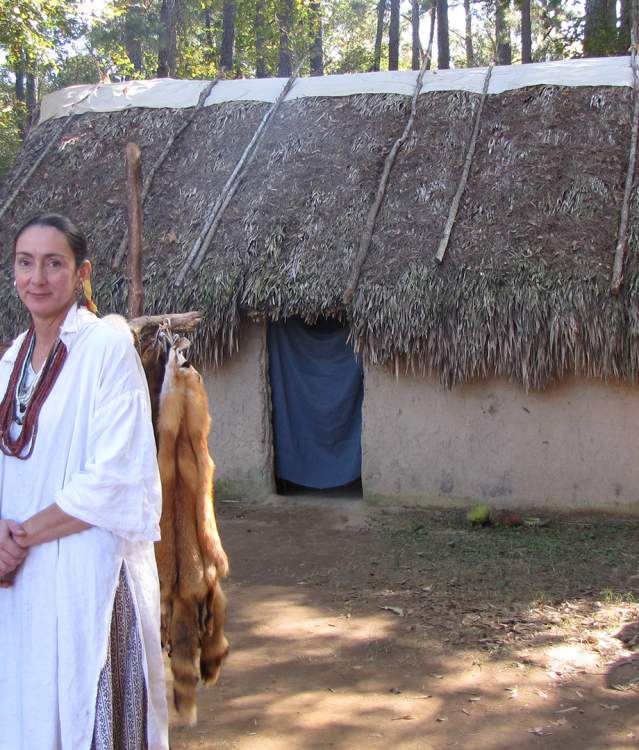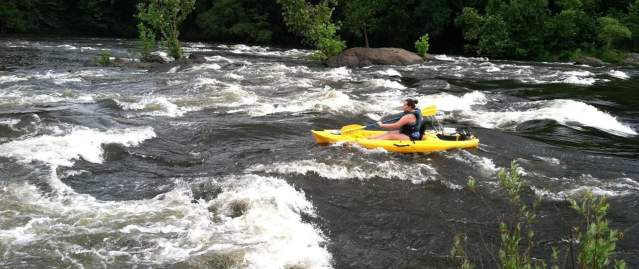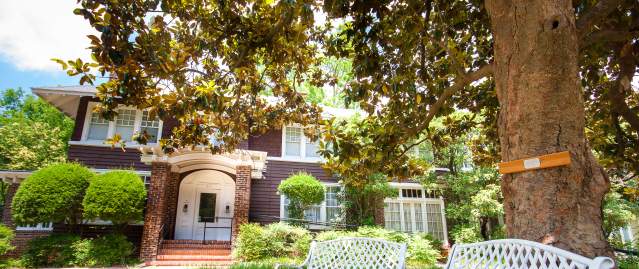Fort Toulouse - Fort Jackson Park
In nearby Wetumpka lies a plot of land where chapters of history unfolded, structures were built then erased by the passing of time. Here Creek Indians lived, the French built a fort on the edge of their territory, the American nation claimed the land, and a few short decades later it all was abandoned back to nature.
Now an active site for learning, the place jointly known as Fort Toulouse / Fort Jackson welcomes visitors to explore and understand the lessons. Prior to 1763 the lands here were home to the Alabama tribe of the Creek Confederacy. The state was later named after this tribe. The reconstructed Creek Indian houses represent typical winter and summer structures. An Indian mound is still clearly evident. The chief’s house was built on the top. When the chief died, his home was torn down and covered with dirt. The next chief’s house was then built on the location. Over the years the mound grew.
The reconstruction of Fort Toulouse represents the 3rd French fort that was constructed between 1749 and 1751. After their loss in the French and Indian War in 1763, the fort was abandoned. In the Creek War of 1812 the American army led by Andrew Jackson defeated the Creek Indians. Soon after a fort was established on the same grounds and named for Jackson. It was occupied until 1816. By 1819, the area was abandoned and nature reclaimed it.
Today’s visitor can step back in time and reflect on the many people who called this place home. The site includes a campground for both RVs and tent camping. The Bartram Nature Trail, named for naturalist William Bartram who stopped by the area in 1775, is a one-mile trail along the southern end of the park. It offers great bird watching, especially in the spring and fall migration.
Special events such as Frontier Days and the French and Indian War Encampment provide wonderful opportunities to delve deeper into the area’s history.



